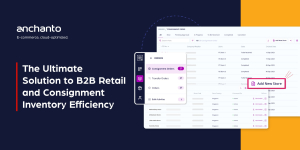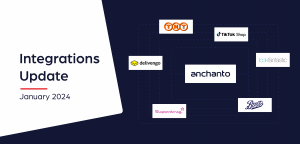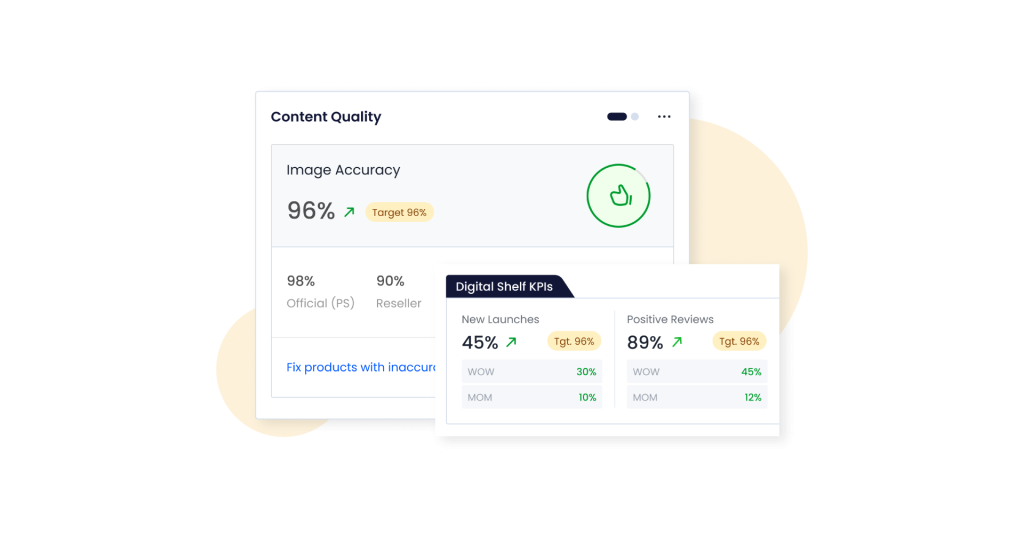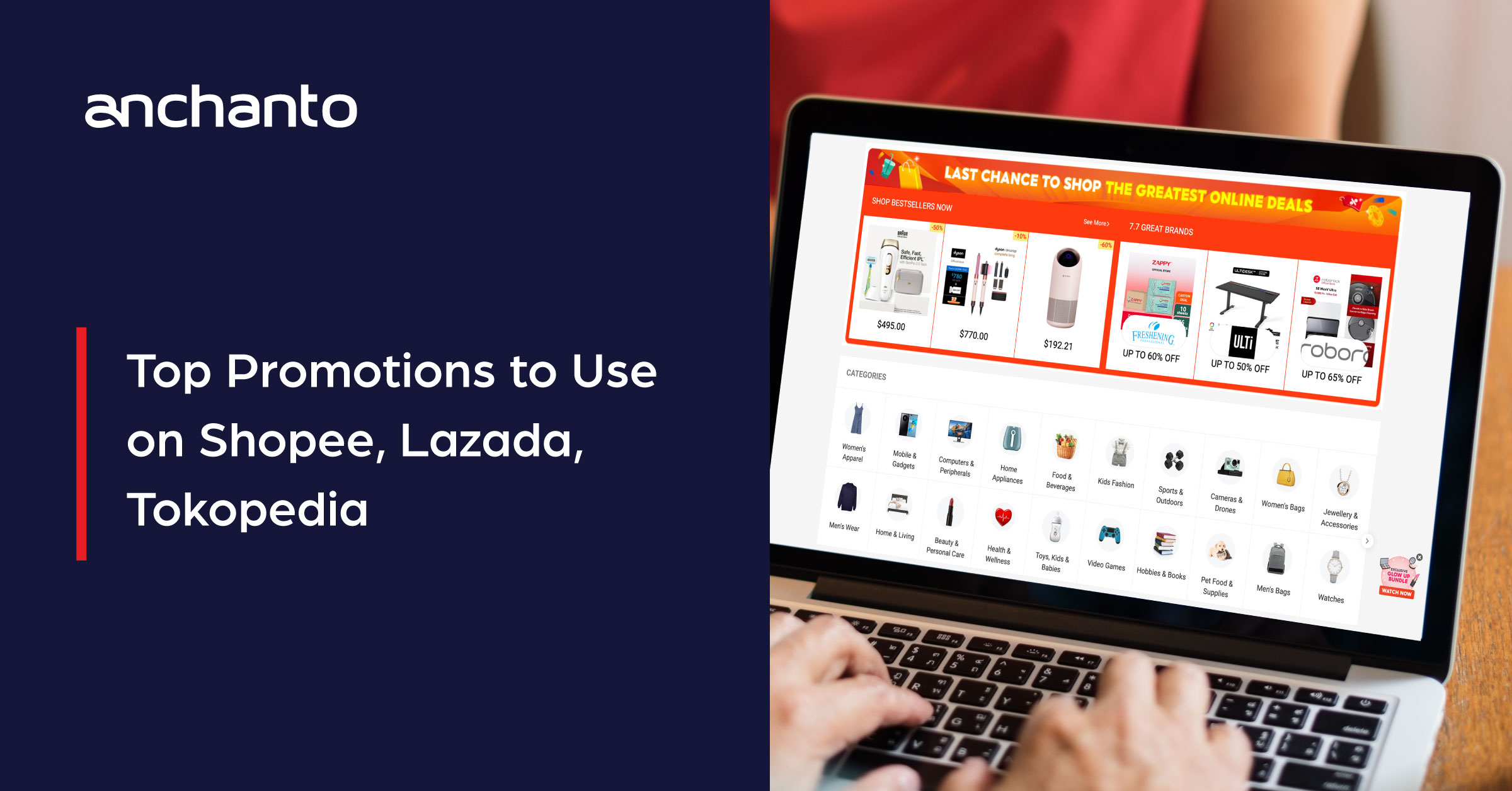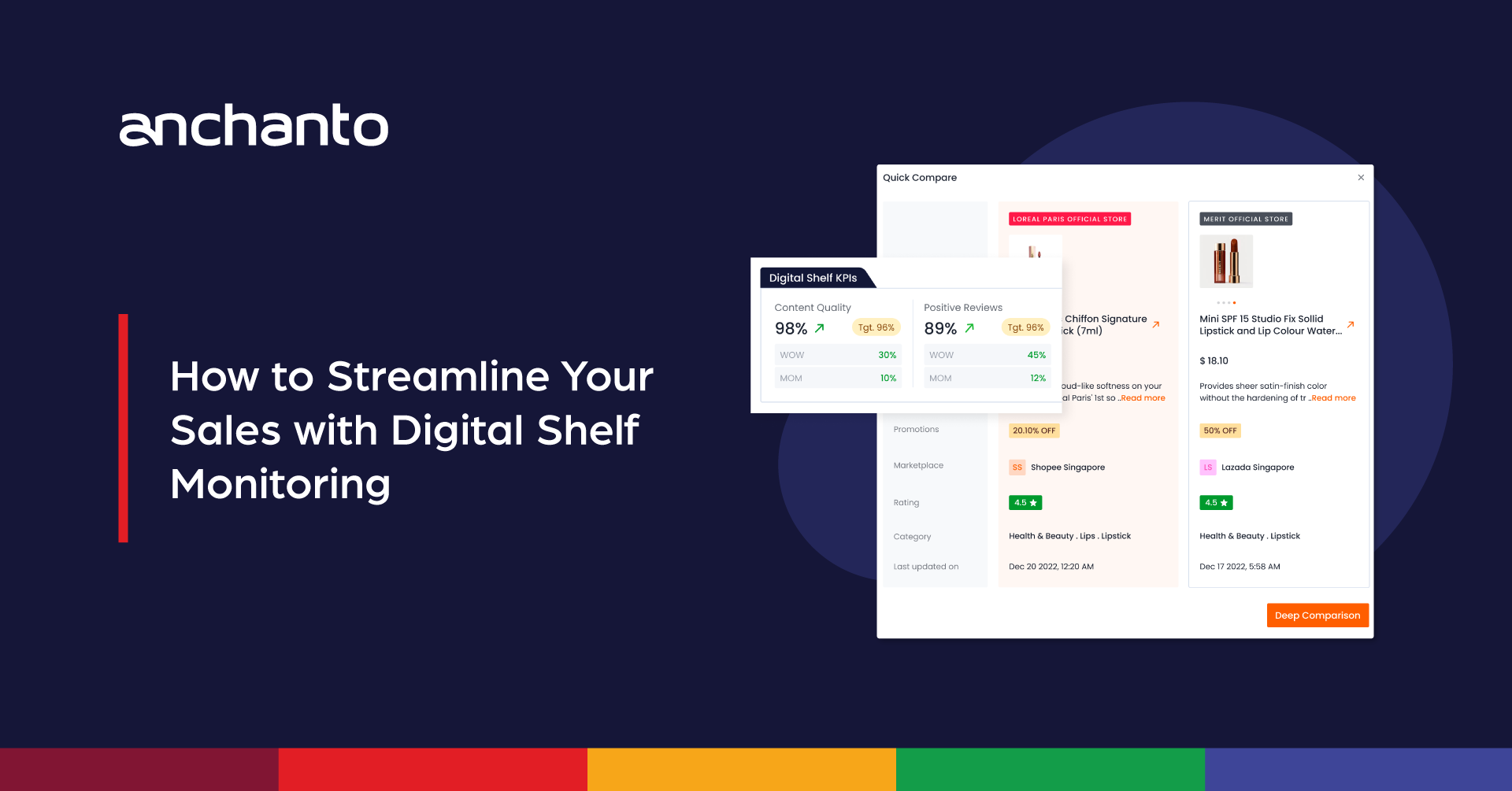
Best Practices for Streamlining Sales through Digital Shelf Monitoring
Retail media, the digital version of shopper marketing, is currently on the rise. By 2027, it is expected to account for 60% of global ad spending, claims Forbes [1]. But why is this important to note and how is it related to digital shelf monitoring?
Well, this ad expense is particularly growing because of online marketplace advertising. Marketplaces like Amazon, Lazada, and Shopee, offer brands the opportunity to closely target specific types of customers who are more likely to make a purchase. In time, this form of advertising will become expensive. Amazon advertising costs are already rising by 50% YoY, says e-commerce intelligence firm, Marketplace Pulse [2].
Fortunately, there is another way to make your products visible to the right audience on marketplaces and streamline sales. It requires digital shelf monitoring.
Monitoring your digital shelf enables you to keep your e-commerce well-optimized. And, a well-maintained digital shelf effectively captivates online shoppers, encouraging them to explore and purchase your products.
To aid your efforts for streamlined sales through digital shelf monitoring, here are some best practices to implement:
- Regularly Monitor E-commerce Key Metrics
- Set Clear Goals and KPIs
- Analyze and Act on Data Insights
- Continuously Test and Experiment
- Collaborate with Cross-functional Teams
Let’s review these practices in more detail below:
1. Regularly Monitor E-commerce Key Metrics
Consistent monitoring of e-commerce key metrics is essential for effective digital shelf optimization. This can be achieved through automated tracking platforms. Some of the top e-commerce metrics monitored include – Market Share, Category Share, Share of Search, Price and Discount Trends, Promotions Trends, Inventory/ Product Availability, Content Quality, Sentiment Analysis of Reviews. Regularly reviewing these metrics can help you identify trends, spot areas for improvement, and make smart data-driven decisions.
2. Set Clear Goals and KPIs
Now that you know what you can measure, you need to identify what you want to achieve through digital shelf optimization. Based on this you can check if the software you choose can deliver the measurable metrics to track your progress. This clarity will help you stay focused and ensures that your efforts and investments align with your business objectives.
So, before implementing digital shelf monitoring technology, it is crucial to define clear goals and key performance indicators (KPIs) [3]. For example, if your KPI is:
- Content quality, you need to acquire a content score and analytics that tell you how good your descriptions, images, and other product listing details are. It should also point out if you’re missing any keywords that your competition is using.
- Customer experience, sentiment analysis of ratings and reviews or reports on product and store ratings and review is the ideal way to measure your outcomes in this regard.
Examples from the perspective of goals can include:
- Devising a long-term pricing strategy to gain market share and increase order volumes. This can be achieved with the help of insights into top price segments that are driving category growth or pricing and discount trends over a period of time.
- Maintaining an excellent brand image to increase repeat purchases from loyal customers. This can be achieved by understanding customer perception of your products, pricing, listings, packaging, delivery, etc. Information related to these aspects can be obtained through review analysis.
3. Analyze and Act on Data Insights
Data insights provide valuable information about your products’ performance and customer behavior. Analyze these insights to identify patterns, trends, and opportunities for optimization. Act on these insights by implementing changes to your business plan. For example, if required, you can adjust your pricing by increasing or decreasing it. Let’s assume you sell haircare products like shampoos. Your product may be priced at $10 and your sales may be low. Upon analyzing top price segments based on your category, you may notice that the bestselling shampoos are priced at $8.5. To test if this price point will encourage sales you can implement a discount for a limited period to measure customer response.
Similarly, you can collect data to identify ways to improve product listing information based on customer reviews stating certain concerns such as poor-quality product images or pricing disparities.
4. Continuously Test and Experiment
Digital shelf optimization is an ongoing process. Continuously test and experiment with different strategies to optimize your digital shelf. A/B testing, personalization, and user experience improvements can help you identify what works best for your target audience and drive higher conversion rates.
5. Collaborate with Cross-functional Teams
Digital shelf optimization requires collaboration across different departments, including marketing, sales, and product management. For example, marketing teams must create product descriptions and promotional content that the product management team should verify for accuracy. Similarly, the sales team should provide feedback on the effectiveness of this material. Fostering cross-functional collaboration ensures alignment and synergy in your digital shelf monitoring efforts. By working together in synchronization, you can leverage diverse perspectives and expertise to drive better results.
By embracing the practices outlined above with Digital Shelf, you can empower your business to thrive in the dynamic marketplace environment. Armed with a clear objective and actionable insights, you can make informed decisions to optimize your digital shelf and enhance your product visibility. Also, continuously testing and experimenting allow you to adapt and innovate, keeping your brand relevant and responsive to evolving with consumer preferences.
Streamline your Sales through Digital Shelf Monitoring
References –
[1] – forbes.com – Retail Media Is Now 11% Of Total Ad Spend. Here Are 5 Factors Driving That Figure
[2] – marketplacepulse.com – Amazon Ads Are Getting More Expensive
